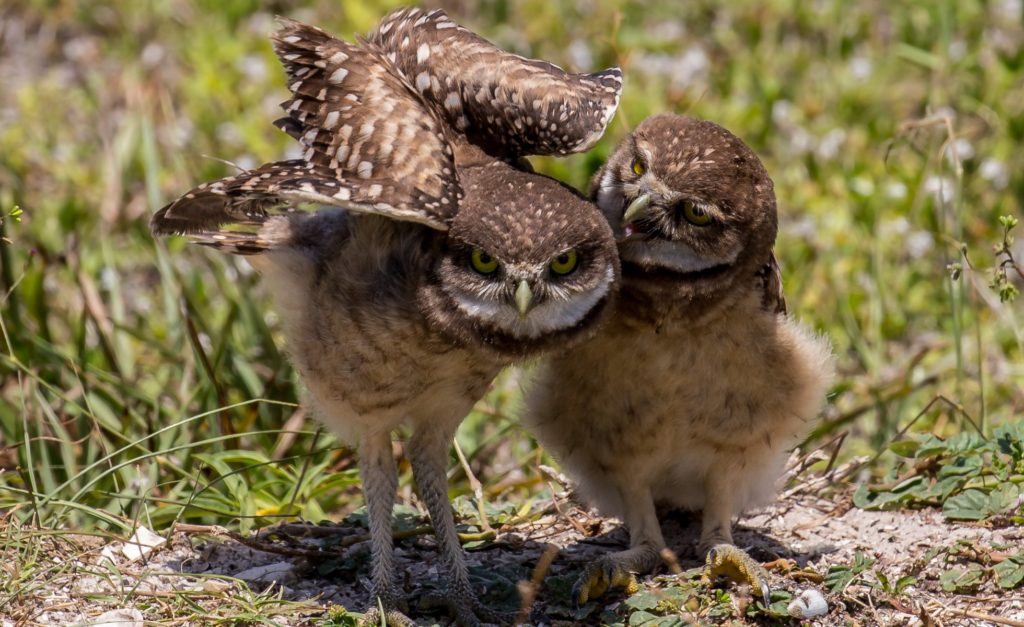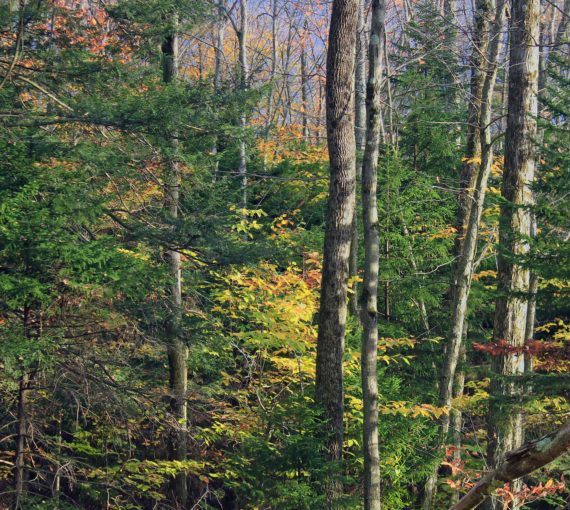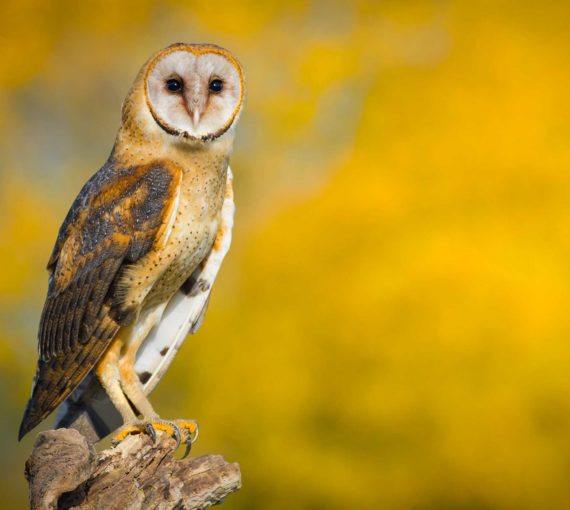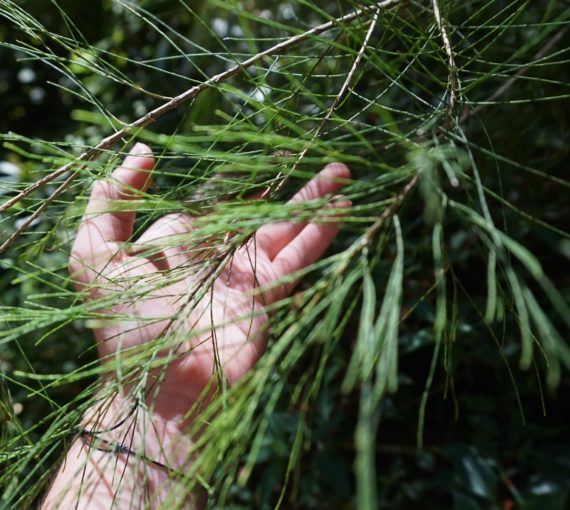
Being a good neighbour is a nicety. But when it comes to saving the biodiversity that sustains us, being a good neighbour is a necessity. (Photo: Andy Morffew via Flickr)
Being a good neighbour is a nicety. But when it comes to saving the biodiversity that sustains us, being a good neighbour is a necessity.
Decisions about whether to be a good or a not-so-good neighbour are playing out in our governments’ oversight of species at risk.
In its Pan-Canadian Approach to Species at Risk Conservation, Environment and Climate Change Canada states that, as a step in prioritizing recovery actions, it is taking into account the “extent of global responsibility for the species.” It’s unclear whether the government thinks that “edge-of-range species” — those that reside in southern Canada at the northern edge of their range — add to our global responsibility or lessen it.
The government of Ontario has made its feelings about edge-of-range species clear. Recently (summer 2019), in addition to giving new powers to the environment minister to delay, limit and remove protections for at-risk species through amendments to its Endangered Species Act, it revised the process for assessing whether a species is at risk or not.
Species assessments in Ontario will no longer consider only the status of a species in the province, they will also consider “the condition of the species across the broader biologically relevant geographic range in which it exists both inside and outside of Ontario.” The theory behind this is that if a species is at the edge of its range and exists in an adjacent province or country, it need not necessarily be considered at risk in Ontario.
That a species at risk in Ontario might not have to be protected under law if it also dwells in the US is ironic, given that just in August this year our neighbour to the south also took the hammer to species legislation by significantly weakening its own Endangered Species Act, thus widening the already gaping holes in Ontario’s approach.
Science is clear that edge-of-range species play a significant ecological role. Northern edge-of-range species have been found to be especially well-suited to lead northward range shifts for their species as the climate warms.
In the article Species at the Edge: The Case for Listing of “Peripheral” Species, David Fraser of the BC Environment Ministry’s Wildlife Branch says edge-of-range populations are genetic safeguards, as “populations at the geographic margins of their ranges may be important for the long-term survival and evolution of species, as they are major contributors to evolutionary change.”
“Populations at the geographic margins of their ranges may be important for the long-term survival and evolution of species, as they are major contributors to evolutionary change.”
If we turn our backs on species because they are at the edge of their range, we are being a bad neighbour on many fronts. First, we are being a bad neighbour to the wildlife species with which we share the land — or with which we need to share the land if they are to survive. We’re not doing so well on that front. Canada has more than 500 species at risk, mostly because of habitat loss and degradation.
Second, if we turn our back on edge-of-range species, we deeply rend the biodiversity of our landscape: edge-of-range species make up more than two-thirds of Canada’s biodiversity.
Finally, if we decide not to invest in peripheral species because we hope other jurisdictions where these species live will pick up the slack, we’re shirking our responsibilities on the global stage.
Animals and plants don’t pay attention to political borders. Eighty percent of Canada’s forest birds migrate out of Canada in the winter. As of 2001, 125 plant and animal species assessed as at risk in Canada were also at risk in the US. Surely we have a collective responsibility to jointly advance recovery, wherever our species touch down in their incredible globe-trotting adventures.
For those involved in recovery efforts, cooperation with other jurisdictions is regarded as one of the most significant factors of success. “Working across borders and being able to sit down with the governments of all countries to improve habitat by changes in legislation is the future of conservation,” said Lauren Meads, executive director of the Burrowing Owl Conservation Society of BC, in a conversation. “The Burrowing Owl Program is continuing to work collectively across Canada and internationally to help the Burrowing Owls.”
Now more than ever, during this ecological and climate crisis, we need to work together to take care of the planet; we must sufficiently restore and maintain habitat, to redress the declines of wildlife that share our Canadian home. We need to be good neighbours, on every scale.
This op-ed was originally published on Policy Options.
Our Work
Always grounded in sound evidence, the David Suzuki Foundation empowers people to take action in their communities on the environmental challenges we collectively face.



